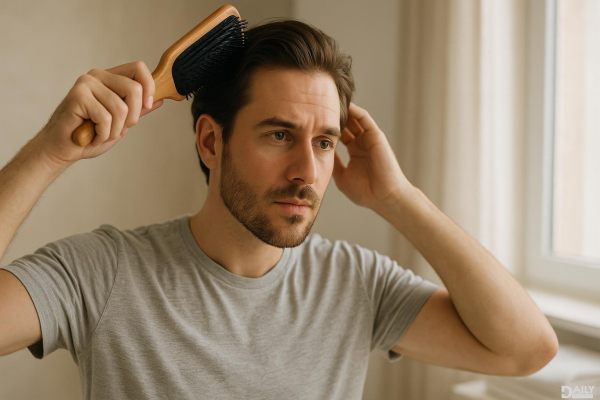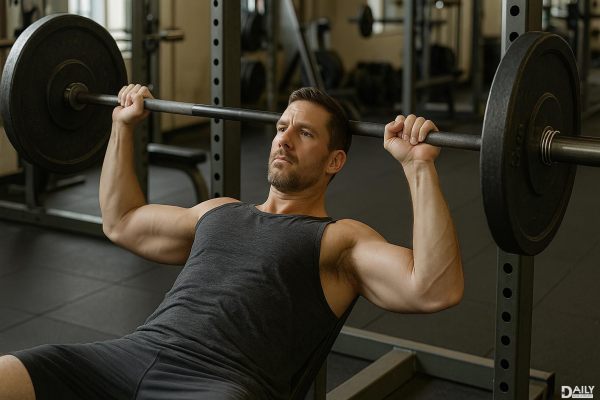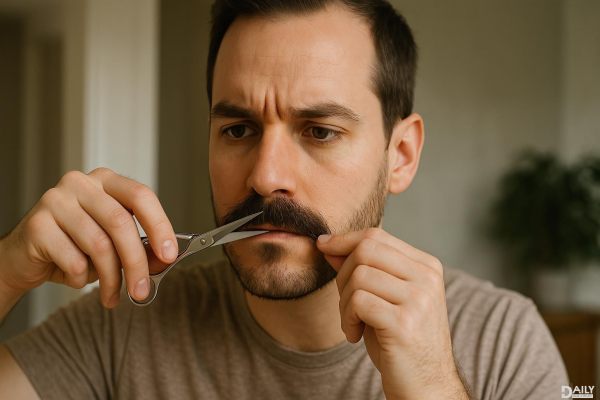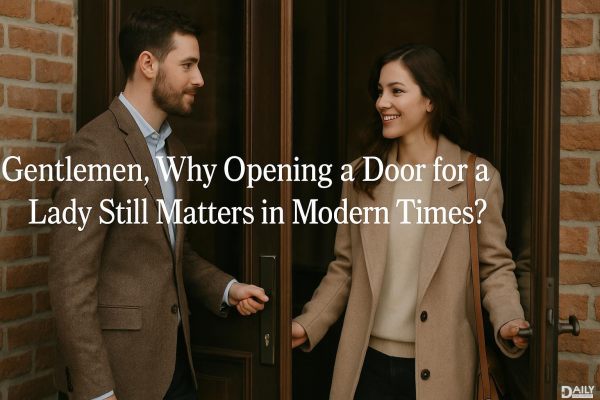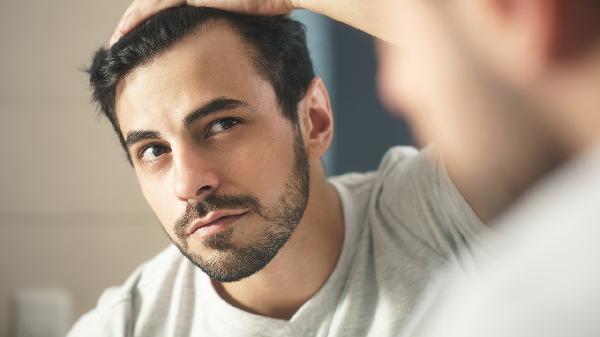Villains with moustaches steal the spotlight in movies because they’re iconic, memorable, and downright fun to watch. There’s something about that perfectly twirled or sinisterly thin facial hair that screams “I’m up to no good.” It’s a visual cue that instantly tells the audience, “Hey, this guy’s the bad guy,” and we can’t help but be drawn to their charisma and flair. Whether it’s the classic twirl of Snidely Whiplash or the suave menace of Hans Gruber, moustaches have become a shorthand for villainy in pop culture. But why does this trope persist, and what makes it so effective? Let’s dive into the hairy details.
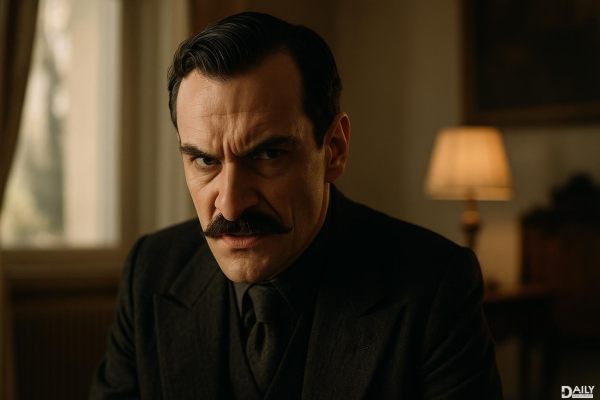
Moustaches have a long history of being associated with authority, power, and, yes, mischief. In the 19th and early 20th centuries, moustaches were a symbol of masculinity and status. Think of figures like Teddy Roosevelt or Salvador Dalí—men who exuded confidence and control. But when you flip that script, a moustache can also signal arrogance, vanity, and a touch of malevolence. It’s a visual cue that plays on our subconscious associations, making moustached villains feel larger than life. Plus, let’s be real, a well-groomed moustache is hard to ignore. It’s like a neon sign saying, “Look at me!”
The moustached villain trope didn’t just appear out of thin air—it evolved over time. Early silent films and cartoons often used exaggerated features to quickly establish character roles. A moustache was an easy way to distinguish the villain from the hero, especially in black-and-white films where visual contrast was key. As cinema evolved, so did the moustached villain. From the mustachioed bandits of Westerns to the suave, sophisticated antagonists of modern thrillers, the moustache has remained a staple of villainy. It’s a testament to the enduring power of this simple yet effective character design choice.
There’s something inherently entertaining about a moustached villain. They’re often over-the-top, flamboyant, and unapologetically evil. Take, for example, Dr. Evil from the “Austin Powers” series. His tiny moustache and grandiose schemes are both ridiculous and endearing. We love to hate them because they’re so much fun to watch. They’re the kind of characters who chew the scenery, delivering monologues and twirling their moustaches with glee. And let’s not forget the satisfaction of seeing them get their comeuppance in the end. It’s a classic storytelling dynamic that never gets old.
Moustached villains have left an indelible mark on pop culture. They’ve inspired countless parodies, memes, and even Halloween costumes. The image of a villain with a moustache is so ingrained in our collective consciousness that it’s become a shorthand for evil in all sorts of media. From video games to comic books, the moustached villain continues to captivate audiences. And let’s not forget the real-world impact—how many times have you seen someone with a moustache and jokingly accused them of being up to no good? It’s a trope that’s transcended the screen and become a part of our everyday lexicon.
As storytelling evolves, so too does the moustached villain. While the classic twirling moustache may seem a bit outdated, filmmakers and writers are finding new ways to reinvent this trope. Modern villains might have a more subtle or ironic take on the moustache, playing with audience expectations. And let’s not forget the rise of female villains with facial hair, challenging traditional gender norms and adding a fresh twist to the archetype. The moustached villain is far from extinct—it’s just getting a makeover for the 21st century.
So, why do villains with moustaches always steal the spotlight? It’s a combination of psychology, history, and good old-fashioned entertainment. They’re larger than life, endlessly entertaining, and impossible to ignore. Whether they’re twirling their moustaches or plotting world domination, these characters have cemented their place in the pantheon of pop culture. And as long as there are stories to tell, the moustached villain will continue to captivate and delight audiences around the world.
